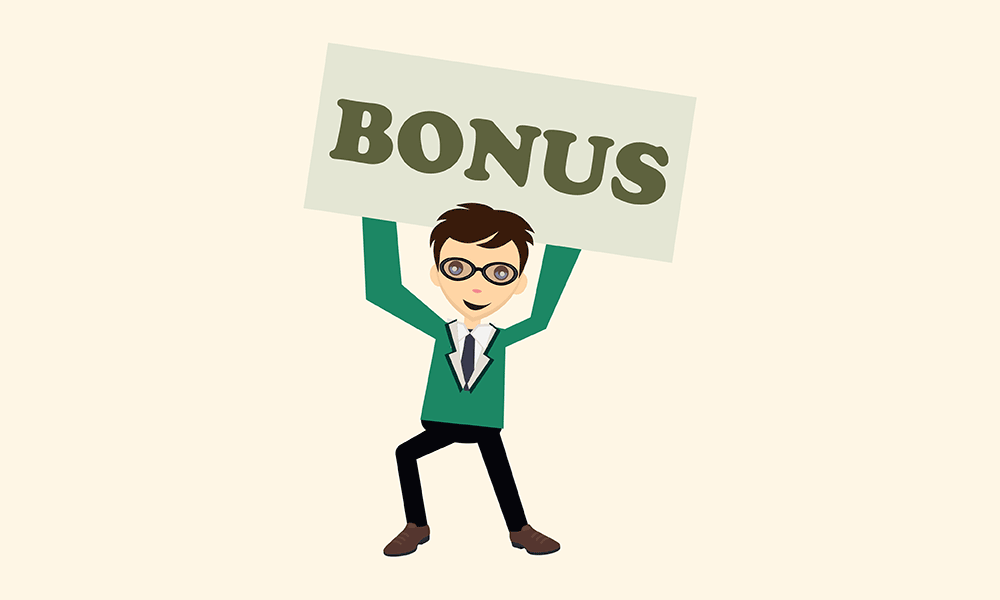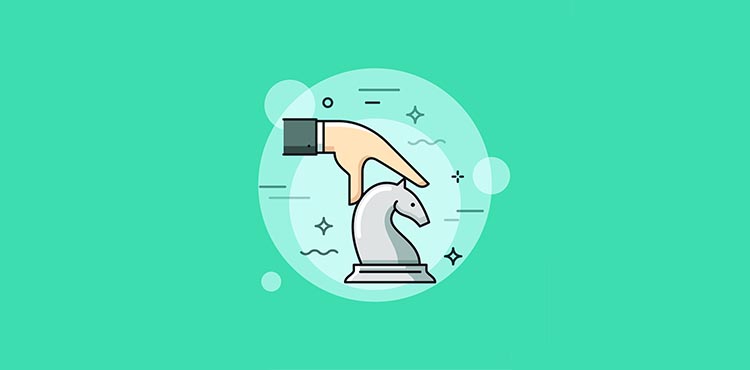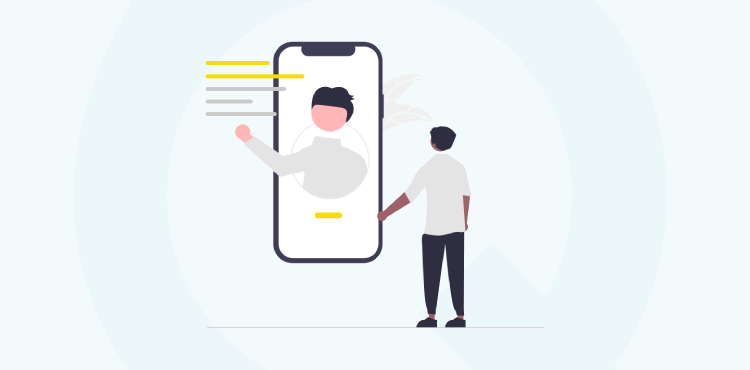What if there was a way to make work more fun, pull your team together, and hit more of your goals? Well, if you consider ways to gamify your work, all of this is possible. Here are some practical ideas on how to level-up your team’s performance using gamification…
A high performing team is the holy grail most of us strive for in work. When we a team works well, everything is much more enjoyable and progress is fast. But great teamwork is hard to achieve under traditional circumstances, yet alone with all the additional challenges that teamwork online brings about.
Fortunately, the same technologies that have changed the ways we work, can also help us to turn work into a game. Here are some simple approaches to gamification to try with your team.
Gamify your language
Forget about objectives, milestones, recognition, obstacles and competition, and instead, introduce your team to epic quests, missions, challenges and even slay monsters.
The words we use matter, and our language goes a long way to inspire our team members. Depending on what you’re working on, you can talk about leveling-up, battling head-to-head against competitors, or earning bonuses as we make progress.
During your next meeting, instead of writing up a boring work in progress (WIP) report, put down the heading “This Week’s Epic Quest” and define the milestones you need to achieve as levels.
Then as team members report in on their progress, allocate 1000 bonus points (or diamonds, or gold) when they’ve made good progress. It might seem weird at first, but it also might work.

Gamify Your Team Productivity
Gamify your team’s results
Defining one clear metric for your team is one of the best things you can do to get everyone focussed on the right things. But choosing a metric is just the first step. You can also display this in a clever way to highlight your progress and keep your team motivated.

Think about the different ways that games use to keep score and use these as inspiration for your team’s scorecard. Showing raw results gets boring quickly so try using one of these different ways to display your team’s data;
- If you’re chasing a competitor or a previous result, a “worm” type line that is either above or below your target for the month;
- Actually create a scoreboard with “us” and “them” results;
- If you need to keep metrics within or above certain ranges, you can use a traffic light system where green represents the results being ahead of target, orange is a warning that you are just under, and red is significantly under target;
- Or, you could find a way to notify every team member whenever new data comes in (eg an alert for each new sale and cancellation). This can seem like overkill but connecting your team members to the real data can make a big difference.
Gamify your team’s actions
Many of the smartest minds tell us not to focus only on our results (lagging indicators), but to also focus on the inputs (leading indicators). For instance, if the number of sales meetings your team conducts is a key driver of sales, then those meetings would be a great thing to track.
Set up targets and tracking for inputs like sales calls, press releases sent, blog articles published, code base contributions, or whatever it is that drives your team’s results.
Using a short list of daily action items is a great time management technique and you can add accountability to this by introducing a system where all team members regularly share their work.
That is, they are transparent about the actions they have planned for each day and what they actually get done. Human psychology is such that when we announce to others what our intentions are, we’re a lot more likely to follow through and get those things done.
This positive accountability from the team can drive a huge lift in performance. For instance, if everyone can see that Jenny just finished the new reports, John has fixed three bugs today, and Pete has for run a customer demonstration, other team members will feel some ‘positive peer pressure’ to make sure they don’t let the team down.
If you can add in some more feedback looks – even something simple like giving a virtual ‘thumbs-up’ or ‘high-five’, this can work even better.
Meetings are commonly used to achieve this accountability – but they’re certainly not the only way. You can also do this with a team productivity system, or even a dedicated channel in your chat tool.

Photo: Pikwizard
Introduce some healthy competition
Nothing brings a team closer together than having an enemy to fight against. This might be a competitor, but it could also be another team in the same company. In fact, some companies (like Procter & Gamble) are known for using internally competing brands to gain immense strength in their markets.
Whether competition is internal or external, it’s impact can be heightened using scoring systems or points, or simply by referring to the opposition using competitive language. Keep track of their results and plot them against yours.
Use rewards (or penalties!)
One of the main motivations behind game-theory is the prizes and rewards on offer. Even if these are just a number or a gold star on a screen, they motivate us to continue striving for better results.
In work teams, you can use this to drive the team by introducing systems that reward the desired behaviours.
For instance, you could decide that the whole team finishes early if you hit your goals for the week, you could have a special trophy that moves around the office, a special profile image that the previous week’s winner uses, or you could simply keep a running scoreboard of each team member’s virtual points.
Giving praise is a great way to improve everyone’s morale, but when it’s made fun through gamification, it can be easier to do more frequently.
Likewise, you can also introduce penalties to motivate performance. Of course, these are light-hearted things that don’t really punish anyone, but they still generate a lot of talk and keep people focused on the desired results.
For instance, the team member that does the least calls needs to chair the next meeting, or the team member with the least action items checked off might need to buy the team a round of coffees or share something that no-one knows about them.
In summary
Gamification is a great tool to stimulate both creativity and focus in your team. At heart, we’re all fairly primitive animals and although these techniques can seem crude, tactics like this actually work.
You might need to find the right way to introduce gamification aspects into your specific team and its particular culture, but once you hit on the right ways to do this, work becomes much more fun and productive for everyone.
About the Author
Fiona Adler writes about entrepreneurship at DoTheThings.com and is the founder of Actioned.com – a productivity tool for individuals and teams.
With an MBA, multiple business successes, and a family living in a foreign country, she enjoys pushing the envelope to get the most out of life and loves helping others do the same.



